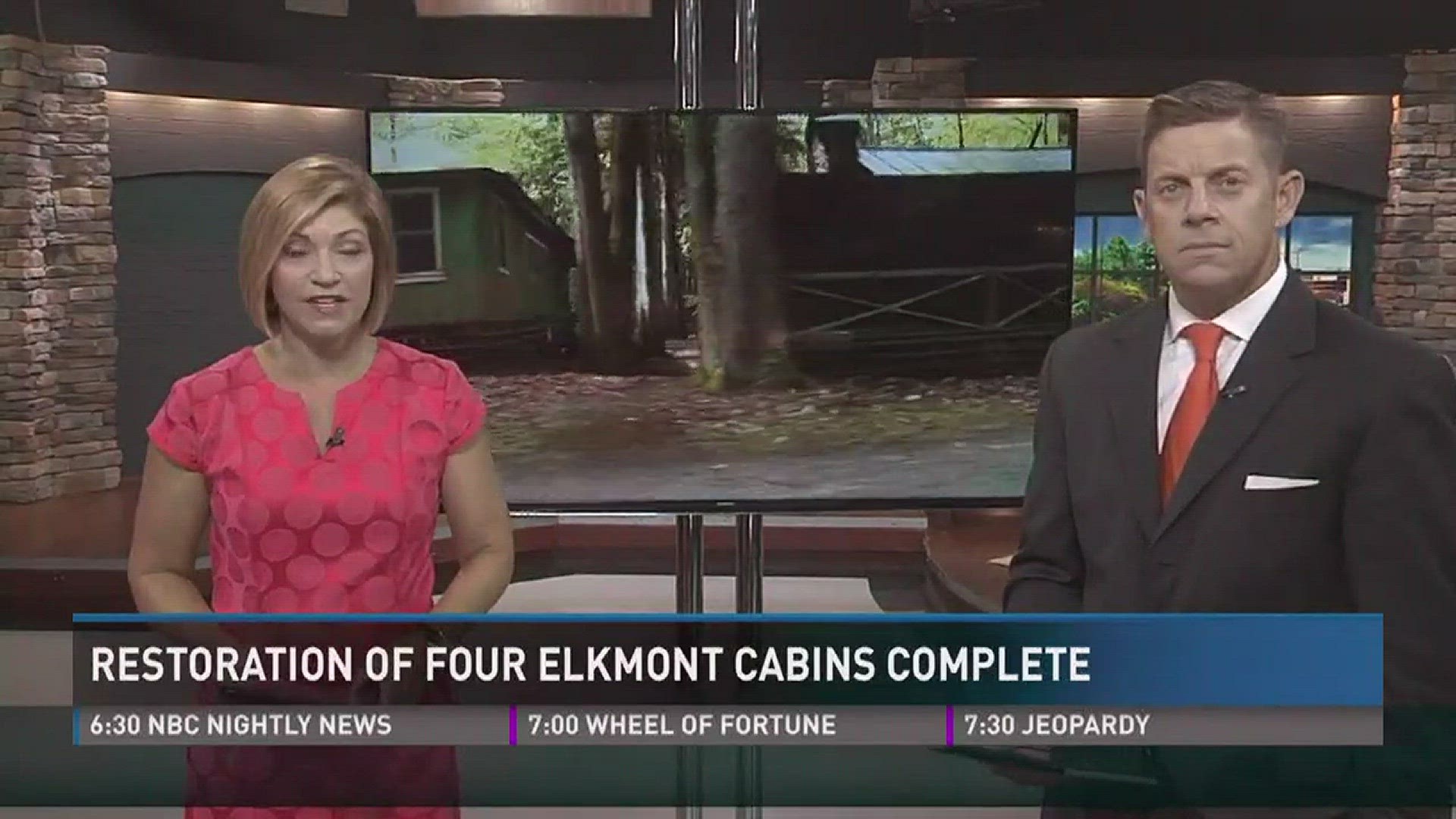Note: For more background on this story and Elkmont's history, see our in-depth series "Elkmont Will Shine" from earlier this year.
Crews in the Great Smoky Mountains National Park have completed the most significant phase yet in the longtime plan to restore 19 cabins and raze dozens of other buildings in the Elkmont Historic District.
The national park received funding in 2017 to restore four cabins in the Daisy Town area of Elkmont and demolish 34 others along Jakes Creek Trail and the Little River Trail.
Now the restoration work is done, the "no trespassing" signs have been removed, and visitors can freely walk inside the Creekmore cabin, the Mayo cottage, the Levi Trentham cabin, and the Mayo servants' quarters. The Levi Trentham cabin was originally built in 1830 and is one of the oldest surviving structures in the Great Smoky Mountains.
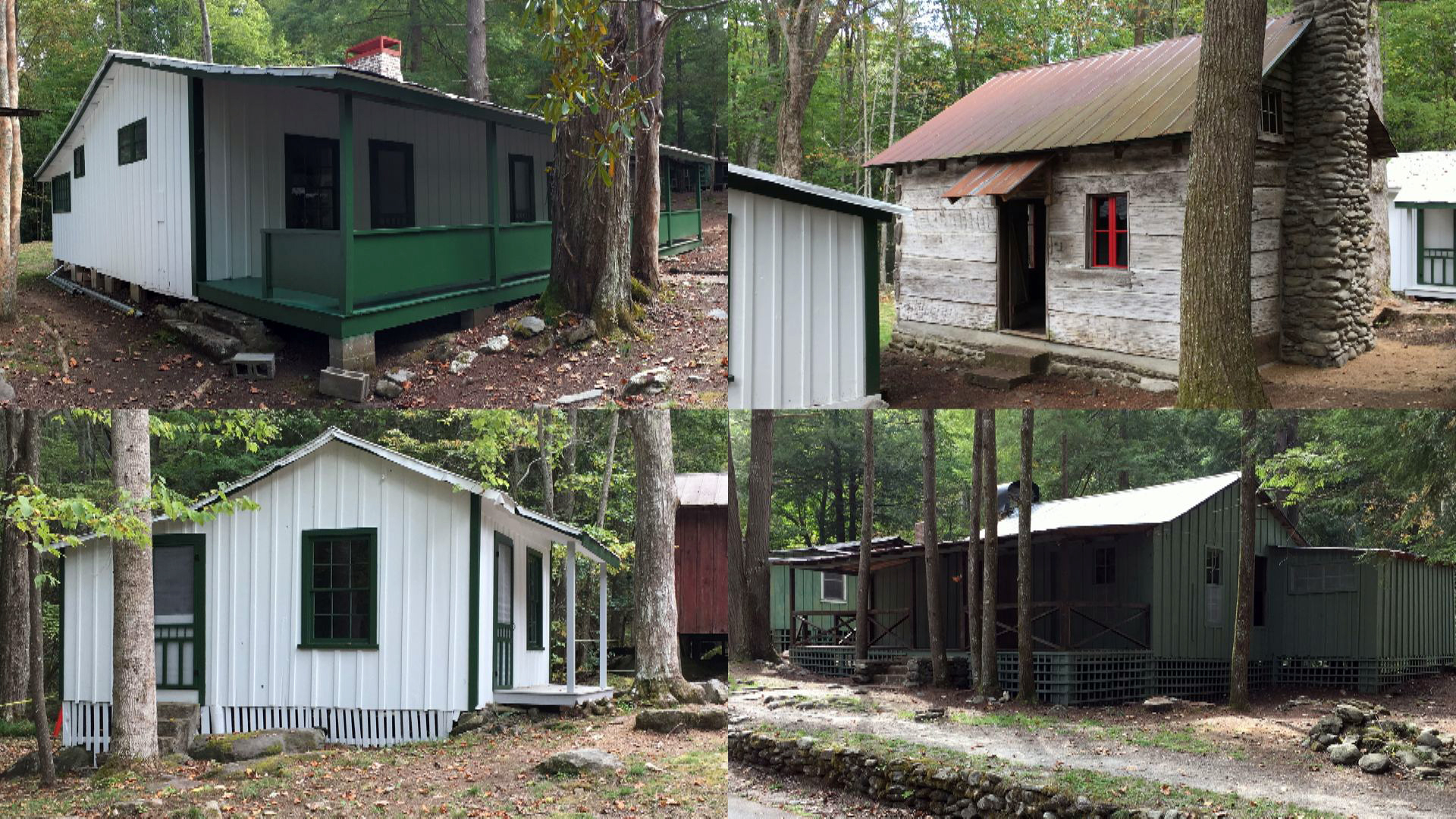
I'm really proud the visiting public is going to get to see them in this condition. It looks clean. It almost looks brand new, like the homeowners just moved out and painted it for resale. It looks fabulous," said Randy Hatten, GSMNP buildings and grounds branch chief. "We had to stabilize these structures, reinforce the floors, and make them sound for visitor foot traffic."
The restoration involved hours of tedious and intensive labor for Delayne Hodges. The NPS restoration expert says he and other workers took great care to make repairs without changing the structures. That included removing each stone in the leaning chimney and hearth of the Levi Trentham cabin and reassembling it with each stone in its original spot.
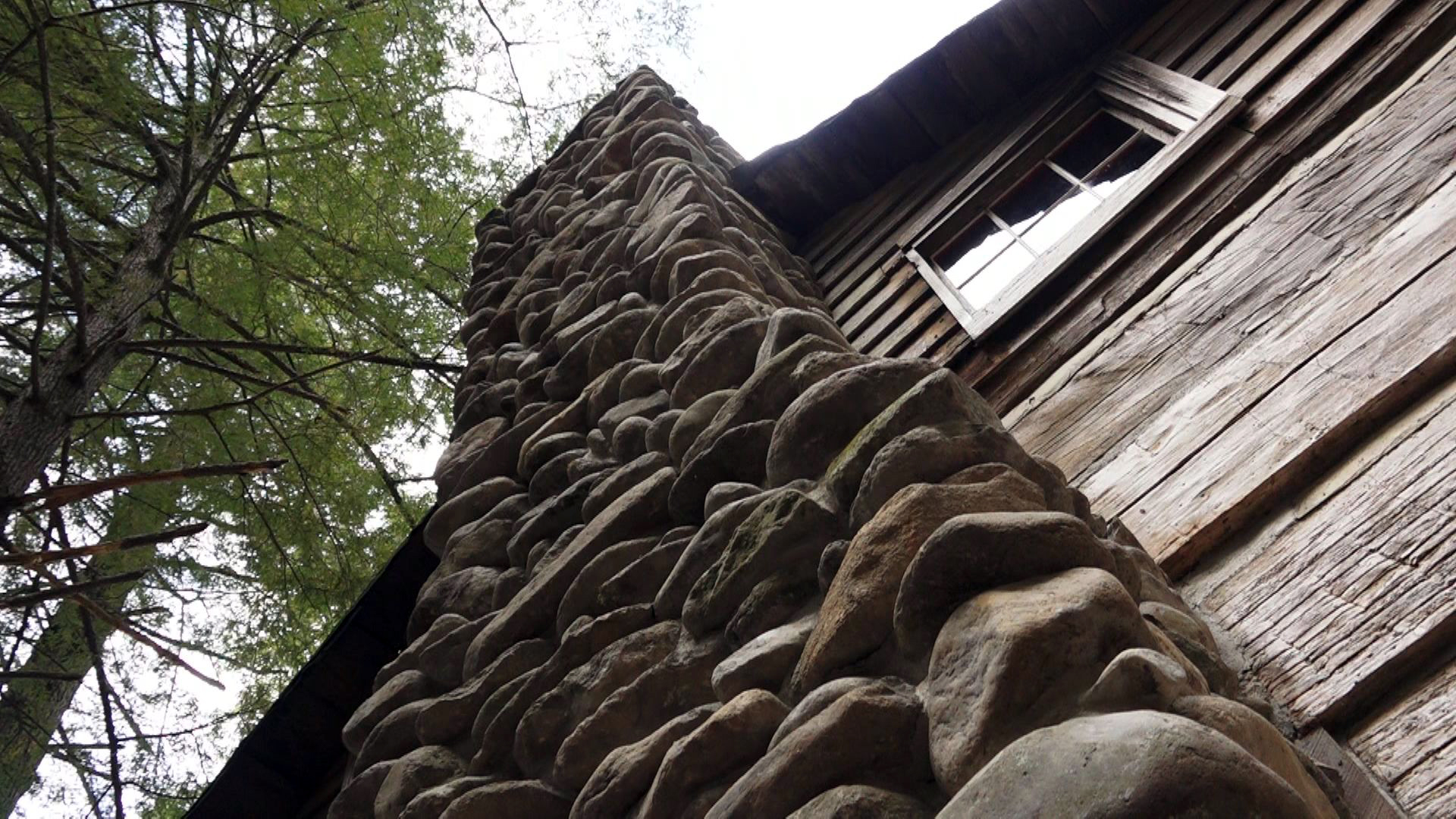
"We put our heart and soul into it. We really did. My wife is a professional painter and volunteered to come help with all the windows, the glaze, and we spent a lot of hours up here. It's almost like a second home," said Hodges. "We know this project means a lot to people. It was neat because I had a chance to meet some of the relatives of the cabin owners who want to see the work and tell me all about the history."
Reporter's note: See our extensive Elkmont then-and-now photo galleries to view past and present images of every building, including dozens of photos of the 2017 restorations. The photo albums of each Elkmont neighborhood are also on WBIR's Facebook page: Daisy Town - Society Hill - Millionaire's Row - Wonderland Club
While Hodges was focused on restoration and preservation, this park also hired a contractor to demolish dozens of the historic cabins. In the areas along Jakes Creek and the Little River Trail, only stone chimneys and foundations remain where the 34 cabins were removed earlier this year.

This year's work is one piece of a larger project. In 2006, the National Park Service decided to preserve 19 of 70 historic buildings in Elkmont, demolish the rest, and chip away at the project over time as funding became available. The plan was a compromise after decades of bitter fighting and controversy over the fate of Elkmont's buildings.
In-Depth Series: Elkmont Will Shine - cabins and conflict in the Smokies (April 2017)
Elkmont is historically significant as both a logging community and for its role in transforming the area into a destination for tourism and recreation. Most of the structures in Elkmont were vacation cabins built and owned by families who eventually led the movement to preserve the Great Smoky Mountains as a national park.
For the four recently-restored cabins, there are no interpretive rangers in Elkmont to help with tours. Visiting the cabins is an entirely self-guided experience, much like the empty structures in Cades Cove where you can enter for a glimpse of the era's architecture.
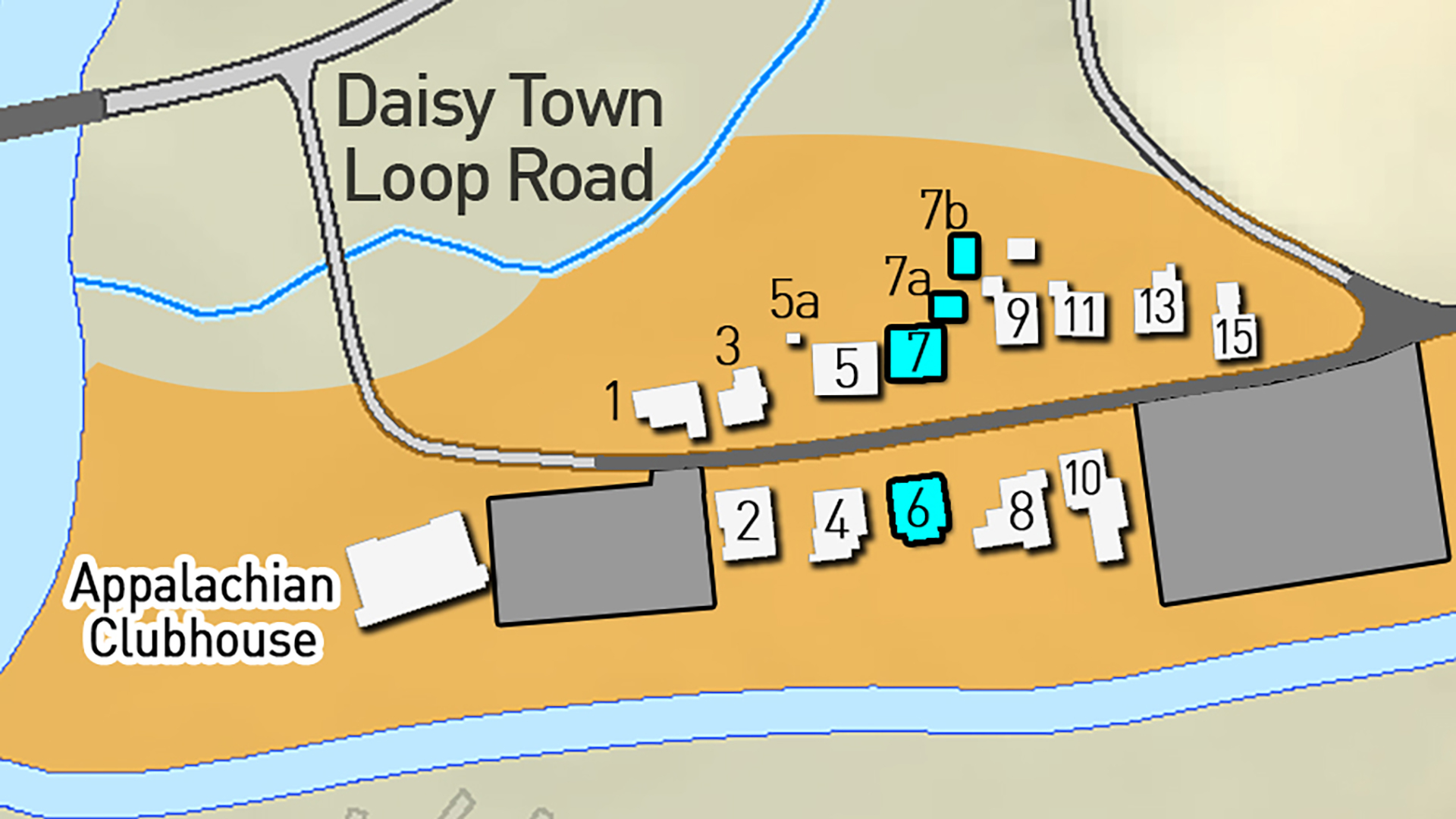
A potentially confusing thing for visitors in Elkmont is the four open cabins are surrounded by 13 crumbling buildings that remain off limits until they can be restored. The restricted cabins may appear open to because many doors on the deteriorating structures will not shut and some trespass warning signs have been stolen.
Nonetheless, the restored cabins are easily identified with their fresh coats of paint, repaired glass windows, and solid floors.
The plan to save 19 cabins was a departure from the original stance of the park, which initially planned to demolish all of the buildings when they were vacated in the 1990s.
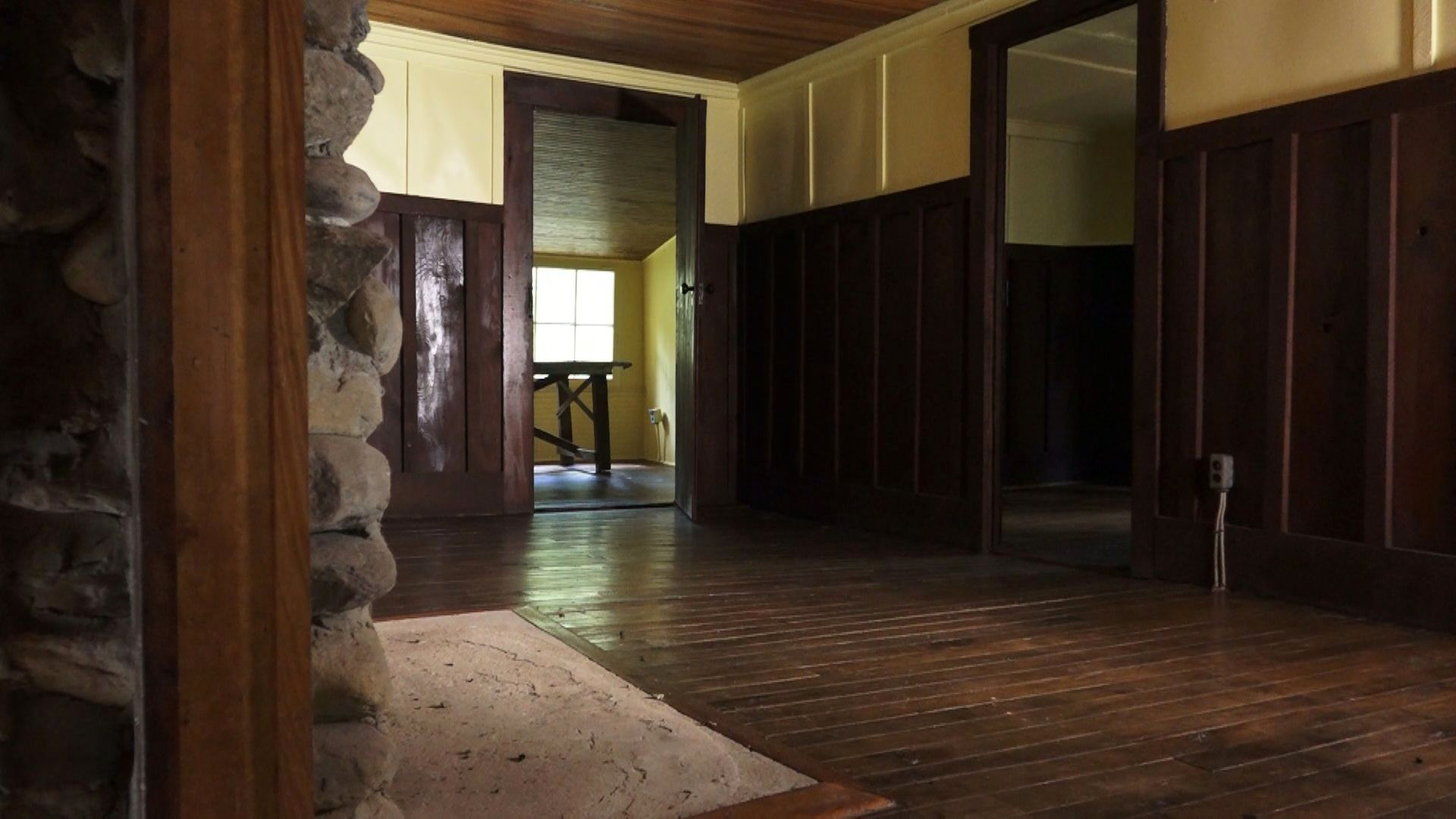
The cabins were still occupied through 1992 because owners chose an option that gave them a lifetime lease when the national park was created in the 1930s. The lease allowed their families to use the buildings until their death in exchange for selling their property to the government at a reduced price. The lease agreements were renegotiated over time and almost all them expired at the end of 1992. Families were forced to pack up and leave their longtime vacation cabins behind.
Four families were able to keep leases through 2002 because their original agreements were never renegotiated with the rest of the community. The Mayo family lease went through 2002 and included three of the four cabins restored in 2017.
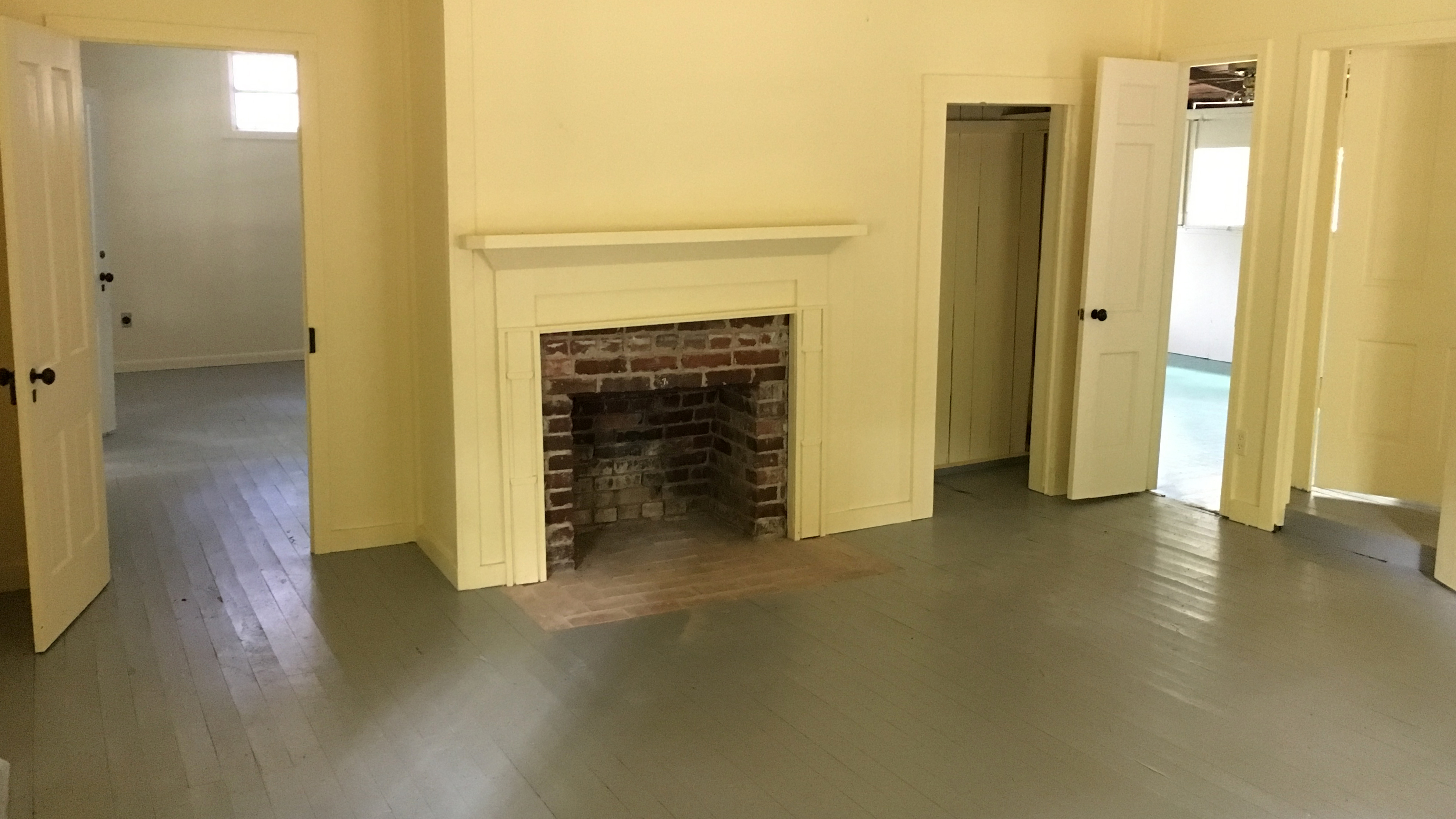
The NPS plan to demolish all the historic buildings in Elkmont was thwarted when the structures were added to the National Register of Historic Places. The public then tried to convince the park to renovate the cabins and make them available for lodging. Others fought fiercely to continue the stated plan to remove all structures to return the land to nature. The empty buildings rotted and were not repaired while the NPS debated the issue for more than a decade.
The ultimate choice preserved 19 cabins, but did not permit any to be used for lodging. Two of the buildings would be made available for daytime rentals while the remaining 17 were slated to become empty museum exhibits.

With the latest round of work complete, six of the 19 spared cabins have been restored. The Appalachian Clubhouse was renovated in 2009 and the Spence Cabin was finished in 2011. Both are available to rent for events.
The GSMNP still needs to restore 13 more cabins and remove 10 to complete the project. If funding is approved in the future, Hatten expects the entire project to be finished in 2025.
The park has requested funds to restore three cabins in 2019. They include the Addicks cabin and a small playhouse named Adamless Eden in Daisy Town. The third structure is the Byers cabin on Society Hill, which is the only cabin still standing along Jakes Creek Trail. The Byers cabin is also referred to as the Chapman cabin because it was given to Col. David Chapman in appreciation for his efforts to create the national park.
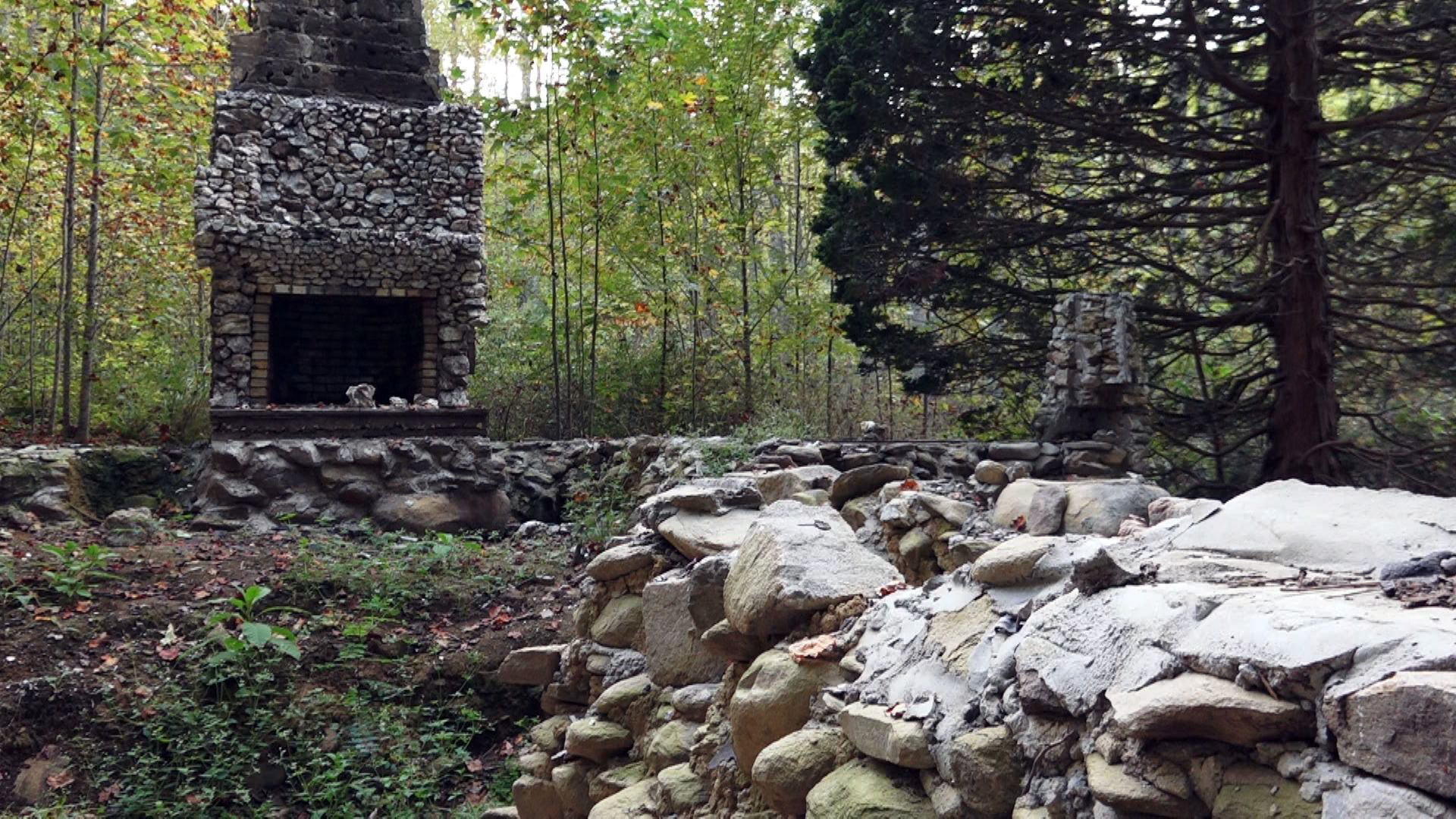
Funding has been requested to restore the Swan, Higdon, Smith, and Sneed cabins in 2021. The remaining cabins would be restored in 2023 and 2025, but specifics are not available because the NPS only submits official funding requests for projects expected to begin within five years.
The 10 cabins awaiting removal are all located in the Wonderland Club area of Elkmont. Hatten says if funding is approved, they could be demolished in the next year or two.

